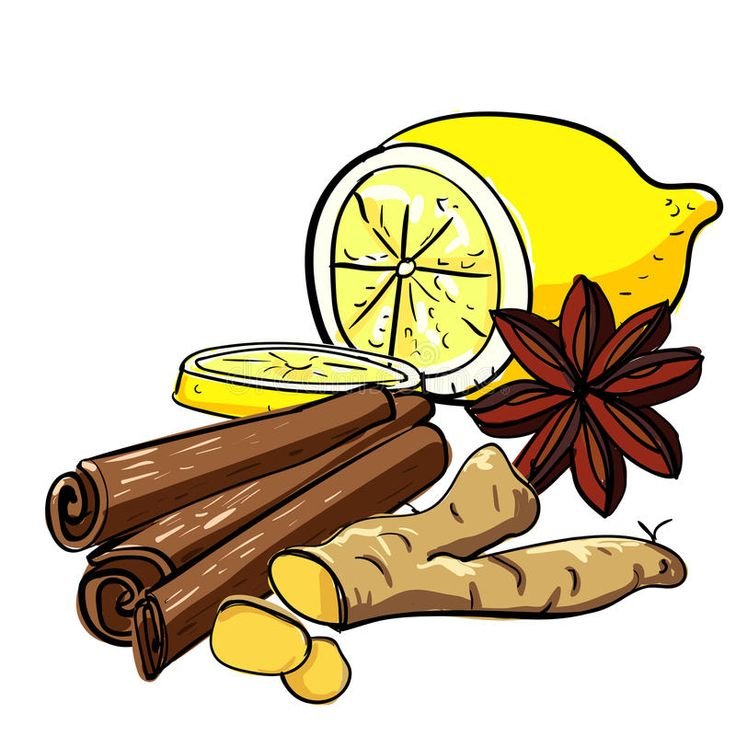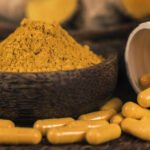
In my years of studying herbal medicine and natural healing, one of the things that fascinates me most is the way plants adapt to harsh environments. I love seeing how different herbs have learned to thrive in extreme places like deserts, high mountains, and icy tundras. These aren’t just regular plants; they’re survivors, developing resilience that translates into powerful benefits for us.
For centuries, people in extreme climates have relied on local plants for their medicinal qualities. It’s incredible how plants that endure intense weather and poor soil grow into potent sources of detox, strength, and even digestive support. Some of my favorite remedies come from the rugged terrain of mountain ranges or the arid stretches of deserts. This article explores some of the most intriguing examples and what they mean for those of us interested in natural health.
From ancient Arctic healers to desert-dwelling communities, people have always turned to local plants for strength and vitality. Let’s dive into the world of herbal medicines from extreme environments and uncover what makes them so unique and beneficial.
Read Also:
- Unlocking the Power of Traditional Chinese Medicine: How It Works and Why It Matters
- 7 Life-Changing Benefits of Ashwagandha for Holistic Well-Being Beyond Anxiety
- 10 Risks of Ashwagandha You Should Know Before Using It
- Top 5 Safe and Natural Detox Methods to Rejuvenate Your Body
Desert Plants: Resilient Herbs for Tough Terrain
Cactus as a Nutrient Powerhouse
The desert can be ruthless, yet some of the most effective medicinal plants grow there, like the cactus. Personally, I’m a fan of the prickly pear cactus—it’s packed with vitamins, antioxidants, and properties for detoxification. My grandmother would make cactus juice, and I remember feeling an energy lift every time I drank it. Modern science has backed this up, showing that cactus can improve hydration, aid digestive health, and support cellular health.
Adaptogens in Arid Climates
In deserts, adaptogens like Rhodiola rosea—a plant famous in herbal medicine—are known to enhance energy and focus. Adaptogens help the body adapt to stress, much like the desert plants survive under extreme heat. Whether we’re dealing with work stress or just looking for a natural edge, desert herbs have valuable properties.
Mountain Medicine: High-Altitude Herbs That Thrive Above the Clouds
Maca Root for Strength and Energy
I first heard about maca root from a hiker who swore by it for high-energy endurance. This Peruvian root grows high in the Andes and has an impressive nutritional profile. Not only does it offer energy, but it’s known for supporting fertility and enhancing stamina. For anyone living a physically demanding life, maca is a fantastic option—it’s like the mountain’s gift to those who need strength.
Ginseng’s Anti-Fatigue Properties
Another remarkable plant is Panax ginseng, which grows in cold, mountainous regions. Known as a powerful herbal remedy, it’s considered one of the best anti-fatigue herbs. When I tried it, I noticed an immediate boost in mental clarity and energy. Studies show it aids in detox and reduces physical strain, which could be why it’s been used in Asian medicine for centuries.
Arctic and Tundra Healing Plants: Surviving the Cold for Vitality
Lingonberries for Immune Support
Lingonberries are tiny red berries found in the icy tundras of Scandinavia and Russia. Packed with antioxidants, they support immune health, particularly in colder months. I tried them in a jam during a visit to Norway, and while they’re tart, their benefits make them a staple for winter wellness. This berry’s adaptative capacity under extreme cold translates into a potent antioxidant boost, which we can benefit from as an immune shield.
Reishi Mushrooms for Longevity
Though technically a fungus, Reishi mushrooms have earned their place among high-altitude herbs for their impressive health properties. These mushrooms are abundant in nutrients, particularly for immune support and longevity. I incorporate Reishi extract in my morning tea, and the difference in my overall resilience has been remarkable. Reishi’s power lies in its ability to stabilize mood and enhance vitality, which is valuable for those who face everyday stressors.
Rainforest Resilience: Medicinal Plants from Humid Environments
Cat’s Claw for Immunity
The rainforest is a stark contrast to the tundra or desert, with its thick humidity and rich biodiversity. One of the best-known rainforest herbs is Cat’s Claw. It’s used traditionally for immune and digestive support, particularly in indigenous Amazonian cultures. Personally, I’ve found it helpful during flu season. It’s a testament to nature’s diverse arsenal, ready to aid human health wherever necessary.
Guayusa for Energy and Clarity
Guayusa, another herb from the Amazon, is a natural stimulant, often brewed like tea. It’s a rich source of antioxidants and offers a gentle energy boost without the crash of caffeine. I like using guayusa as a pre-workout drink because it enhances focus and keeps me alert without any jitters. Amazonian plants like guayusa teach us that nature’s stimulant options don’t have to be harsh on our systems.
Seashore Remedies: Saline and Sand-Loving Medicinal Herbs
Sea Buckthorn for Skin Health
Growing in coastal and saline conditions, sea buckthorn is a true beauty herb. This bright orange berry is loaded with vitamins and omega fatty acids. A friend of mine swears by sea buckthorn oil as her go-to for glowing skin, and I have to admit, she might be onto something. Its richness in omega-7 oils helps improve skin elasticity and hydration, making it perfect for skincare routines.
Bladderwrack for Thyroid Health
Bladderwrack, a type of seaweed, thrives in salty environments. It’s high in iodine, a nutrient essential for thyroid health. I started incorporating it when I realized my diet lacked iodine, and it’s been incredibly effective in maintaining energy levels. This herb reminds me of how vital coastal plants can be, especially for our thyroid and overall hormonal balance.
Conclusion
Nature’s extreme environments give rise to some of the most resilient and beneficial plants. Whether we’re seeking strength, immunity, detoxification, or skin health, the adaptive power of these plants offers valuable lessons and benefits for our own lives. I believe that, like the plants thriving in harsh landscapes, we can draw resilience and healing from their unique properties.
If there’s anything these extreme-environment herbs teach us, it’s that wellness isn’t one-size-fits-all. From the heights of mountains to the depths of the rainforest, each plant brings a story of survival—and a new layer of wellness we can harness in our daily lives.
Read Also
- Serenity Now: Proven Techniques for Lasting Stress Relief
- Pure Vitality: Your Guide to Safe Detox and Rejuvenation
- Restful Nights: Your Guide to Deep, Restorative Sleep
- How to Treat Dry Skin in Winter: Dermatologist-Approved Tips for Healthy, Hydrated Skin
- Morning vs. Night Skincare Routines: What’s the Difference?

















